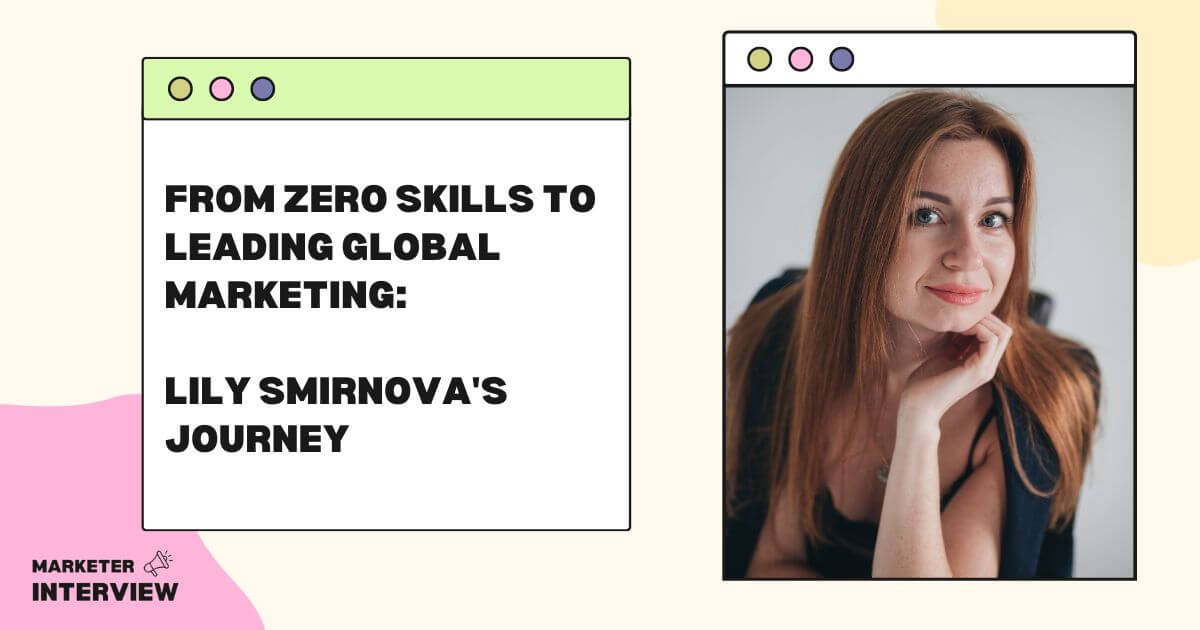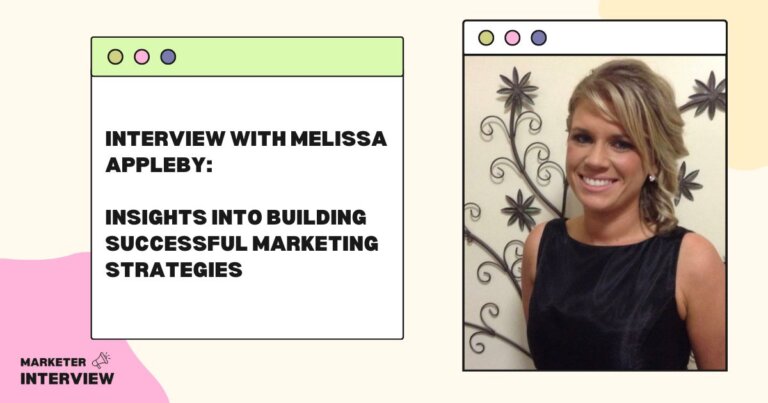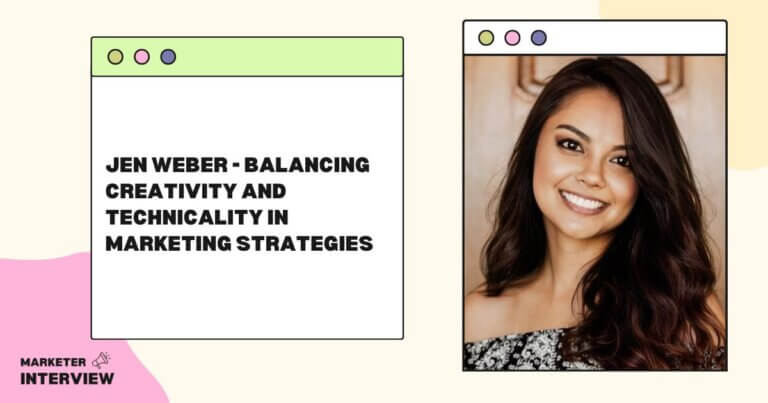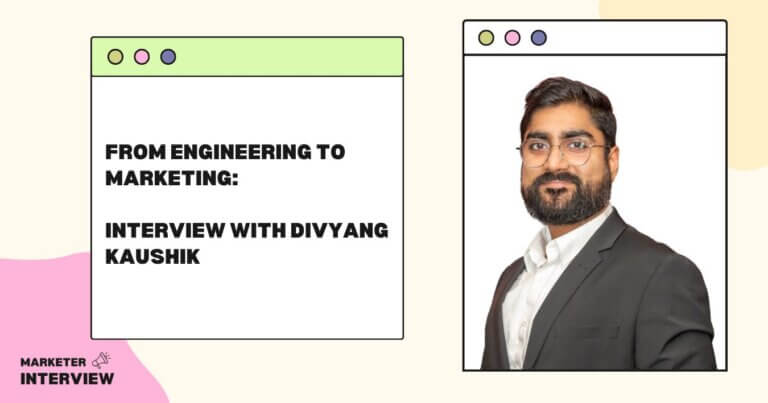From Zero Skills to Leading Global Marketing: Lily Smirnova’s Journey
Lily Smirnova is a Co-founder and Chief Strategist of Huuuman agency, with over 12 years of experience in tech, marketing, strategy, and leadership.
Her agency has worked with numerous companies, including AWS (Amazon Web Services), Kubit AI, and Further Venture, to help them build their brand and grow market interest. She is also an advisor to startups & SMEs and a mentor to the younger generation.
In this interview, Lily will share her career journey, her expertise in marketing strategy, digital marketing, AI in marketing and branding, leadership, and the tools and software she uses for her job.
Contents
- 1 Can you tell us about your background and how you got into marketing?
- 2 What was the biggest challenge you faced in your marketing career?
- 3 How do you stay up-to-date with the latest marketing trends and technologies?
- 4 Can you share a successful marketing campaign that you worked on?
- 5 How do you incorporate AI and data analysis into your marketing strategy?
- 6 What are some common mistakes companies make when it comes to branding?
- 7 How do you develop a marketing strategy for a new product or service?
- 8 Can you share a time when you had to lead a team through a complex project or situation?
- 9 How do you prioritize and manage your workload as a C-level executive?
- 10 What are some essential tools and software you use in your marketing job?
Can you tell us about your background and how you got into marketing?
My background is in Applied Linguistics, and I strongly understand technology.
It just so happened that a technology company was seeking marketing specialists at the time. However, because there weren’t many marketing specialists available, they were looking for individuals who were proficient in English (which I am not a native speaker of), had a solid technological background, and were fast learners.
To land the job, I completed a series of test tasks in one day, including market research and social media editorial work, even though I was given a week to complete them.
At the time, there were no super tools like ChatGPT available to help with the tasks, so I had to complete everything on my own.
Despite not being an expert in these areas and needing to learn how to do them properly, I spent 24 hours straight working on the tasks. To my surprise, the manager was impressed with my work and offered me the job as a junior specialist.
Although some of the tasks I completed could have been better, my speed and determination helped me to succeed in getting the job.
When I first started on the team, I worked alongside experienced marketers who already knew the ins and outs of the field. As a junior specialist, catching up with my peers was a challenge.
However, I was determined to learn as much as possible and willing to put in the extra hours. So I spent countless hours studying and practicing after my regular nine-to-five job. I took courses in digital marketing, analytics, data, and more.
To add a little bit of juice here, when I started my career in marketing, I had a seven-month-old baby. So despite juggling two demanding roles, I could integrate these responsibilities.
What was the biggest challenge you faced in your marketing career?
While I wouldn’t say that I faced any significant challenges during my marketing career, there was one instance where I had to step up my game.
I was given the opportunity to join the top leadership board and lead a big marketing team for an international corporation tasked with building and integrating the brand across different parts of the world.
As the Global Marketing Director, I was responsible for merging all marketing and communication functions into one cohesive team while focusing on digital sales pipelines.
This was a significant challenge as it involved working with different cultures and new people from different parts of the world and launching a new brand for the company in a short timeframe (appr. 2 months vs. 6 months external agency estimates).
I was fortunate to have a highly experienced mentor who helped me develop my leadership skills. This guidance proved invaluable when working under tight deadlines, and my team achieved excellent results in our branding program.
The key to my success was the focus on “people, method, tools,” which has remained a guiding principle for me to this day.

How do you stay up-to-date with the latest marketing trends and technologies?
Staying up-to-date with the latest marketing trends is more about watching brand-new tools for automation, ads, and analytics that could be simpler, cheaper, or easier and visual experience following big brands or agencies like IDEO to get inspiration.
As someone who has been working in the technology industry for 12 years, I have used various tech in my marketing job, from complex data visualization like Microsoft Power BI and Tableau to CRM software like Salesforce and HubSpot, different digital marketing tools like Ahrefs and Semrush, SimilarWeb and many more.
Tools for social media listening, email marketing & PR & media automation software are some other tools I have worked with. I have also previously worked with AI tools like Looka and Namelix many years ago before it became mainstream.
MidJourney was put under testing by my partner half a year ago. Tome templates helped to kick off strategy work with startups.
Six years ago, when I was working as a senior marketing specialist, I worked on a campaign to sell our technology services.
The campaign was based on an account-based marketing approach, where we targeted a list of around 60 accounts. We used direct and indirect methods to reach out to them in a multi-step nurturing journey, including email campaigns, targeting, and other advertising and brand awareness initiatives.
The campaign was highly successful, with an approximately 80% lead conversion rate, meaning that people came to us and had conversations about our services. This was an outstanding result in a B2B service business like ours because the conversion rate is usually only around 20 – 25%.
The campaign’s success was due to its highly targeted and personalized approach. We spent a lot of time researching, analyzing, and gaining insights for all the accounts we wanted to target, which took around a month or even more. And no mass automated communication was involved.
How do you incorporate AI and data analysis into your marketing strategy?
One example is when in my role as Global Marketing Director, we formed a comprehensive digital ecosystem. We used tools like Microsoft Power BI and various analytics platforms, heat maps, etc., to gather insights into our customers and their behavior.
We also incorporated AI tools, such as a product created by one of our clients that used AI for social listening. We also provided dashboards with valuable insights to grab our attention quickly to negative market voice and feedback, etc.
We utilized AI in our branding efforts. While we didn’t rely on AI for the final result, we found it helpful in generating inspiration and ideas. We even experimented with using AI to mix tedious processes, such as onboarding/offboarding, with engaging AI-generated videos.
I love using AI tools as my junior assistant for research purposes.
For example, during strategic client sessions, one of our focuses is Buyer Persona. Of course, we don’t spend weeks researching and googling but use existing AI tools to help us with, for example, GetItOut or now ready-to-go ChatGPT prompts (Google add-ons such as AIPRM for ChatGPT).
What are some common mistakes companies make when it comes to branding?
One of the most significant issues we face is the need for more involvement from key stakeholders, such as company founders or top-level executives.
They may not see the value in dedicating time to a branding strategy session and instead prefer a brief overview that they can fill in and be done with. However, this lack of investment in strategizing can be detrimental to the overall success of the branding efforts.
A proper branding strategy is crucial in understanding the philosophy behind the brand and its “why-s,” creating an emotional connection with the audience, and identifying the unique value proposition (selling point or buying reason) for the company’s products or services.
It’s not just about the visual and tonal representation of the brand but also about the more profound meaning and message it conveys. Creating a compelling brand that resonates with the target audience can be easier with a clear strategy.
The more time and effort invested in strategy, the better the outcomes will be.
How do you develop a marketing strategy for a new product or service?
To develop a marketing strategy for a new product or service, start with a simple strategy. Then, depending on our end goal, we differentiate several phases.
The first one is market research and competitor analysis, which is crucial to understand what our competition is doing, including direct and indirect rivals. We analyze all the bits of what they do and who they target regarding digital marketing, PR and media campaigns, etc.
This knowledge helps us answer the questions of 1) What channels to include in our go-to-market plan and 2) How to differentiate and what our unique selling points, or “buying reasons,” are.
In this stage, we need to identify what could trigger customers to buy from us instead of our rivals and who our ideal buyer is.
Once we have this understanding of the market, we need to build a go-to-market plan with a list of initiatives to perform and start tracking the results. I measure success using the OKRs (Objectives and Key Results) methodology.
During the first year of the Covid pandemic, many companies were facing challenges. Clients were shrinking their projects, and service-providing companies like ours needed to downsize to continue operations.
Marketing was no exception: We needed to focus on conserving resources as we spent them.
As a Global Marketing Director, I found myself in a difficult position, fighting for my team across various countries and negotiating budget shortages for projects that we wanted to pursue instead of laying people off. Everyone on the team was feeling the stress, including myself.
Despite my efforts, management required us to let go of 2 team members, which was a tough decision that nobody had anticipated. As a result, only 1 person left marketing. I had to work closely with the whole team in different countries to provide support during this challenging time.
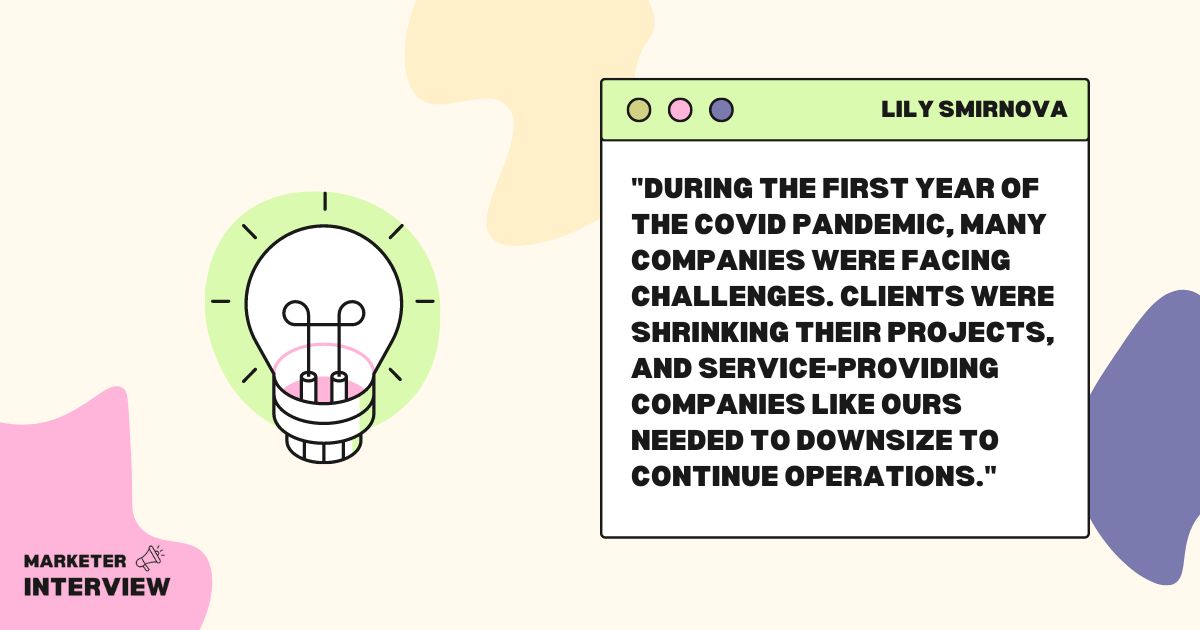
How do you prioritize and manage your workload as a C-level executive?
As a C-level executive and Co-founder of an agency, my workload differs from when I worked as a top manager in larger organizations.
Our primary focus is on the clients and ensuring their satisfaction, addressing any issues that arise, and seeking to upsell or acquire new clients. Additionally, branding and promotion of our agency are crucial, including working on case studies, brand awareness, and social media presence. These things take approximately 70% of our time.
We also handle team management, which is crucial for us, administrative tasks, and financial matters, but we delegate operational tasks to our team.
What are some essential tools and software you use in your marketing job?
First and foremost, communication is crucial in this field, so I rely heavily on Slack to keep in touch with clients and team members.
Beyond Slack, I also utilize a variety of other channels such as WhatsApp, email, LinkedIn, and Telegram to stay connected with my clients and colleagues.
Networking is also a big part of my job, so I use a tool called Wallaxy to help me automatically connect with people on LinkedIn.
I use tools such as Semrush, Ahrefs, different heatmaps, and social media research and analytics when analyzing competitors and developing strategies.
I also use a tool called Tome to kick off strategy sessions faster with templates and GetItOut (rarely) to help with developing buyer personas, now AIPRM for ChatGPT (Google Chrome add-on) could be helpful for this task as well.
ChatGPT is also on my list for summarizing and proofreading messages, emails, and other texts. Additionally, Notion AI is a fantastic tool for organization and productivity.
For creating visual content, I sometimes use Canva to make social media carousels, although my partner prefers that I use Figma instead to make it look more professional.
Finally, I love experimenting with different AI tools for video editing (primarily just for fun). So many cool new technologies like AI video generation tools (I tried Colossyan).
And here is another one I’m playing with now. It helped me make this clip.
